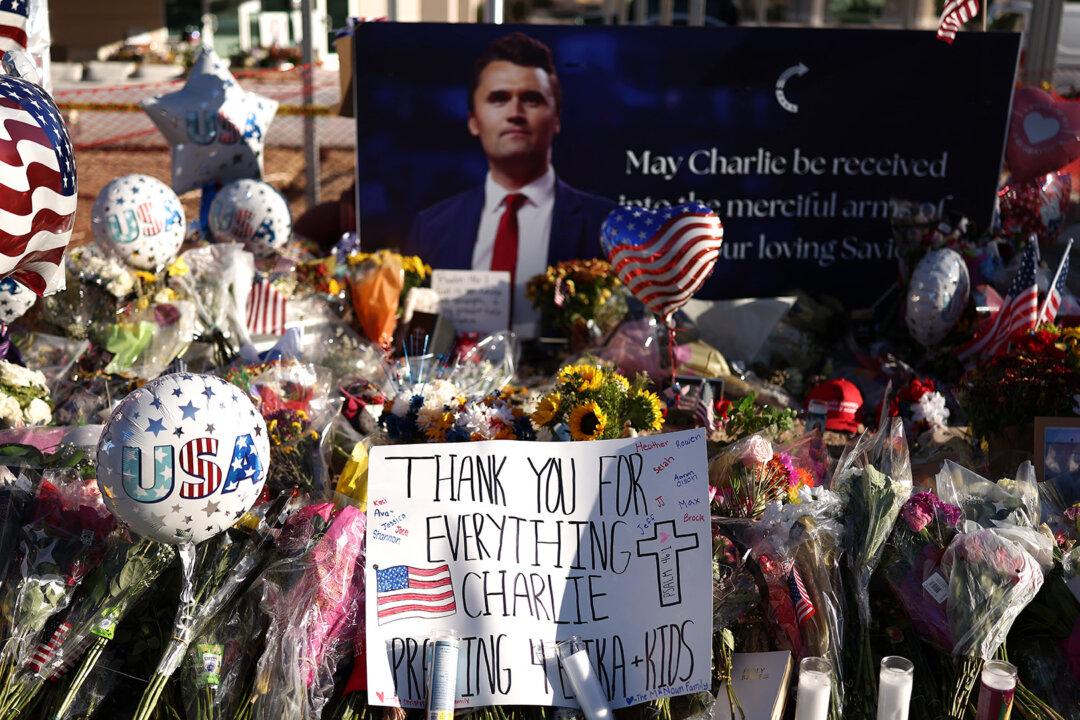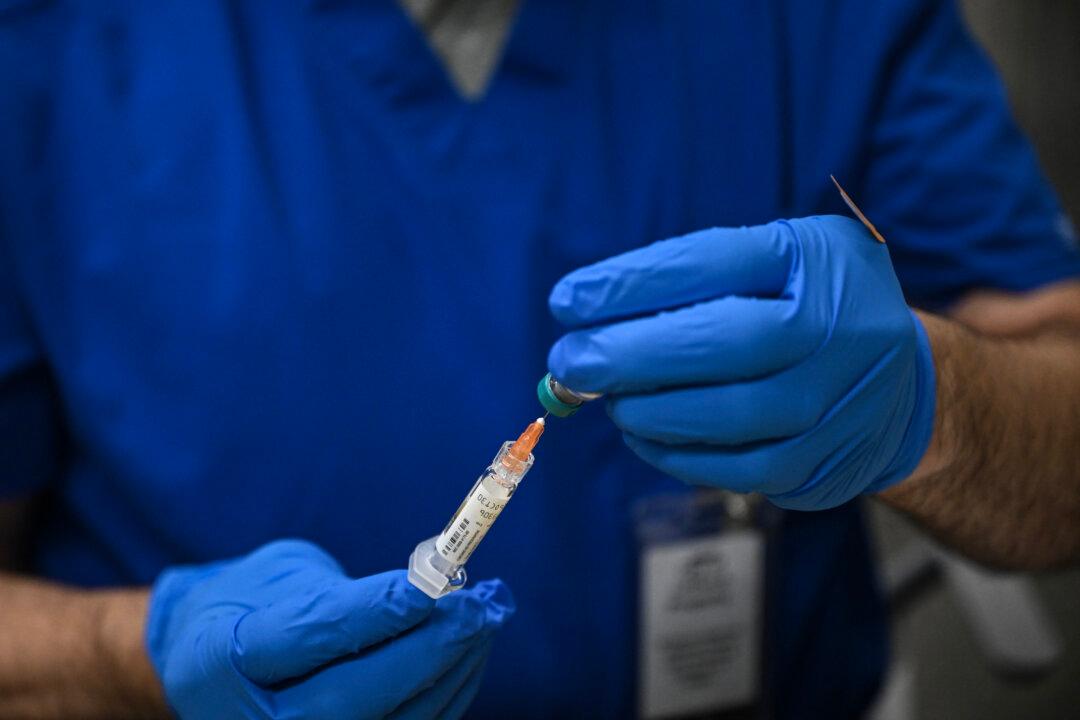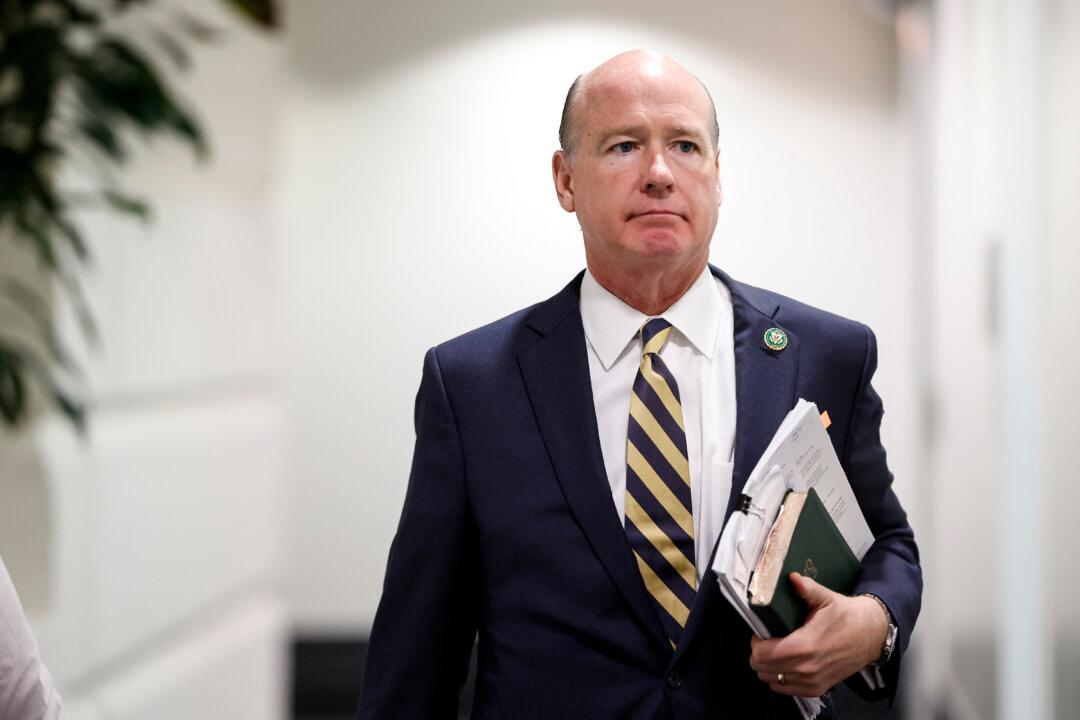The U.S. government can’t do anything to change the trajectory of the COVID-19 pandemic in the coming months, President Joe Biden claimed on Friday.
“There’s nothing we can do to change the trajectory of the pandemic in the next several months,” Biden said during a speech at the White House.





